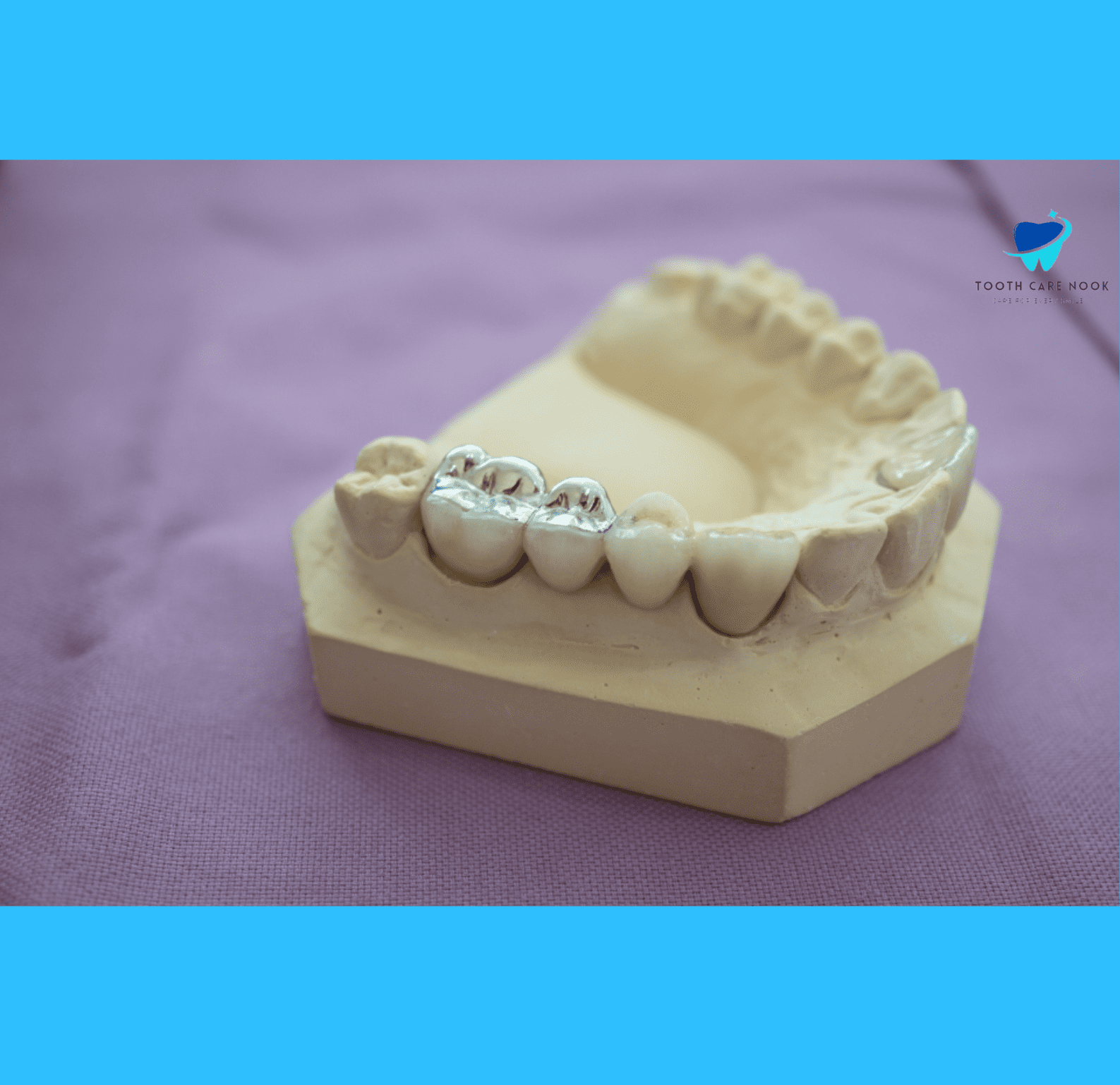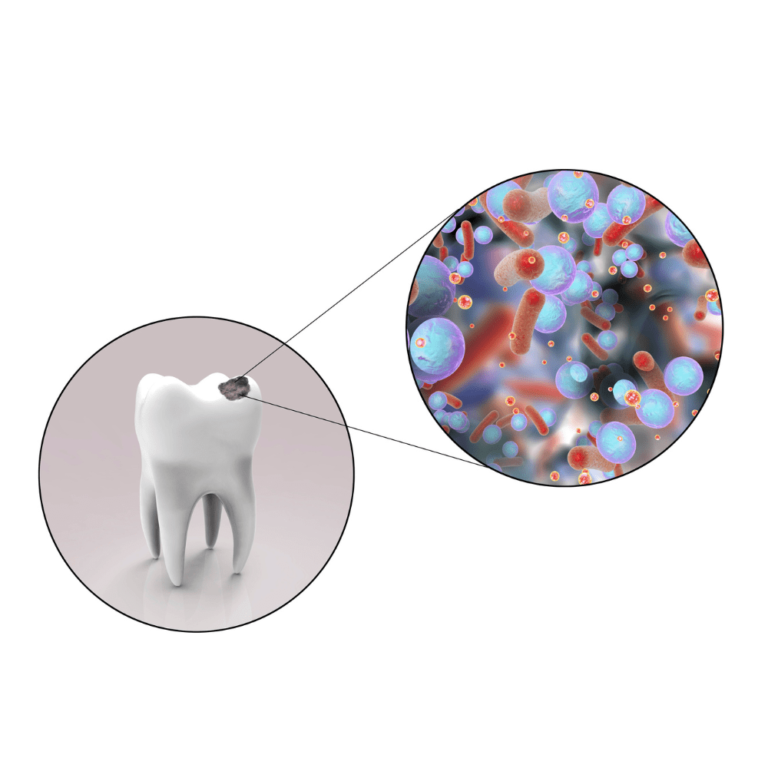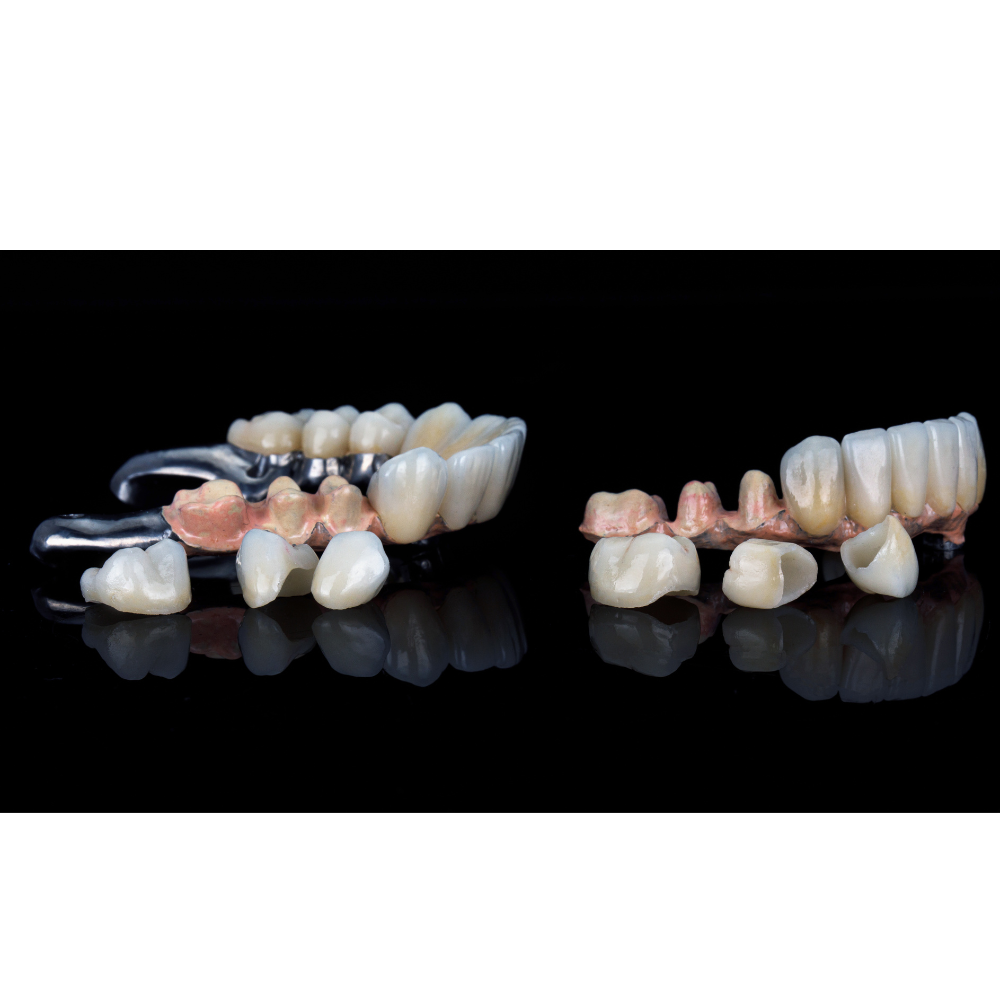Can You Get a Cavity on a Filling? | Essential Insights
Dental fillings are employed to restore decaying teeth caused by bacteria in the mouth. But is filling a permanent solution and tooth decay after filling is not even a thing? Not really! The answer might surprise you but it is what it is. Before we get to know whether you can get a cavity on a filling or not, let’s get to know what a cavity is!
What is Cavity?
Cavity or caries is structural damage to the tooth that is caused by tooth decay. In the case of cavities under fillings, it creates a hole in tooth filling in some circumstances that further creates problems.
Types of Cavities
Cavities are usually of 3 main types.
Smooth Surface Cavities (Occurs on the smoother areas of teeth)
Root Cavities (Occurs on the surface of roots)
Pit and Fissure Cavities (Usually appear on chewing areas of teeth)
Can You Get a Cavity on a Filling?
Yes, you can get a cavity on a filling. Tooth decay after filling is usually called recurrent decay. In this scenario, bacteria finds its way to enter the filling and results in a cavity on the filled tooth. Usually, it doesn’t happen but if you provide a playing field to bacteria, the bacteria will play their part.

Causes
There are certain reasons bacteria gets its playing field on filling and that results in a cavity on a filled tooth.
- When the filling is damaged or cracked, bacteria gets its way to enter through those parts and as a result, cavity formation takes place.
- In case the filling is not placed properly, and there are gaps between the filling and the tooth, it provides a perfect environment for bacteria to thrive and form a cavity.
- Poor hygiene also plays a part. Not brushing regularly especially after sugar intake leads to tooth decay after filling.
Ways to Avoid
It’s a general rule. If you want to avoid something, don’t let the reasons happen. Likewise, to avoid a cavity on a filling or underfilling, make sure the filling is placed properly when you visit your dentist. Also, notice minor cracks and damages while eating or chewing treat the cases as early as possible, and finally, keep up the hygiene. Brush regularly and use mouthwash or other products as that will help to avoid bacterial growth and tooth decay after filling can be completely avoided

Symptoms of Cavity UnderFilling
Everything comes with symptoms, and getting to know about a cavity under a filling is like finding a surprise guest at a party you didn’t invite. Here are a few signs, if you notice them, chances are that an unwanted guest has reached.
- If your filling tooth starts feeling pain or signs of sensitivity while having coffee, tea, or some cold drink, the chances of cavity underfilling are higher.
- Most of the senses get involved when there’s a problem with your teeth. After feeling sensitivity, if you see discoloration in the filling teeth area, usually dark spots or stains, they highly indicate the presence of a cavity.
- Other than discoloration, if you see cracks or any sort of visible damage, the situation is alarming.
- When eating food using that tooth area, if you feel pain whether it’s severe or not, it is a sign.
- Lastly, your mirror will tell you. If you see swelling around the gums area, you need to consider it as one of the indicators.
So, these signs will surely hint whether you have a cavity in the filling or not. Once you’ve detected a cavity underfilling, your focus should be on treating it. Here are a few ways to treat recurrent decay.
Treatment of Recurrent Decay
Filling Replacement
Don’t worry if you get a cavity under the filling or a cavity on a filled tooth, a filling replacement can help to solve it. Simply, a dentist will replace the decayed part of the tooth with a new filling that will complete the tooth structure. Make sure this time there are no gaps while placing it as well as it is not cracked or damaged.
Root Canal Treatment
In case the scenario is worse than expected and the cavity has reached the inner pulp, root canal treatment is the solution. It works simply. Dentists will simply clean the inner pulp, disinfect the root canals, and seal it to stop further development of a cavity underfilling.

Preventive Measures
To avoid further damage, there is a need to address the causes of it. Maintaining mouth hygiene, brushing daily, using antimicrobial mouthwashes, and regular dental checkups can help to avoid further damage and development of a cavity on a filled tooth.
What Can Happen if You Don’t Treat a Cavity?
When it comes to dental treatments, the more you delay it, the more you’ll suffer from pain, sensitivity, and other health problems. If you avoid treating the cavity on a filling, it will spread deeper into the inner pulp. After that, it will affect gums and finally will lead to bone damage. At later stages, you might have to go through other painful treatments like root canal therapy and tooth extraction to treat a cavity on a filled tooth.
So, the sooner it is, the better it is. Take proper treatment so you can enjoy your favorite meals and smile more often.
FAQs You Might Also Want to Know About



